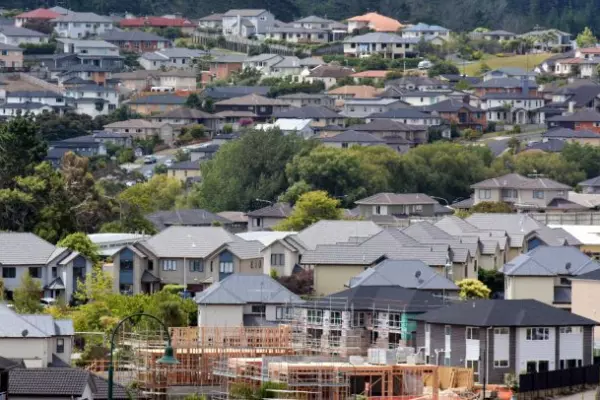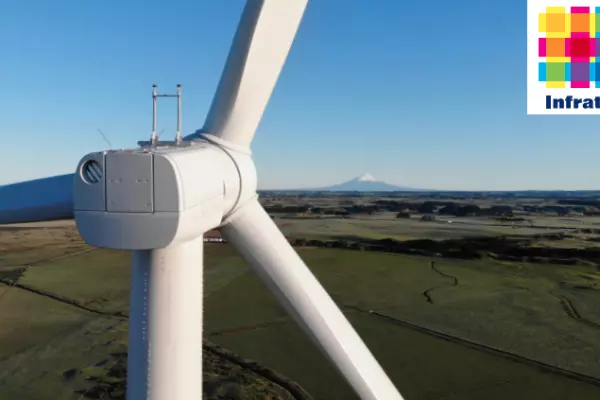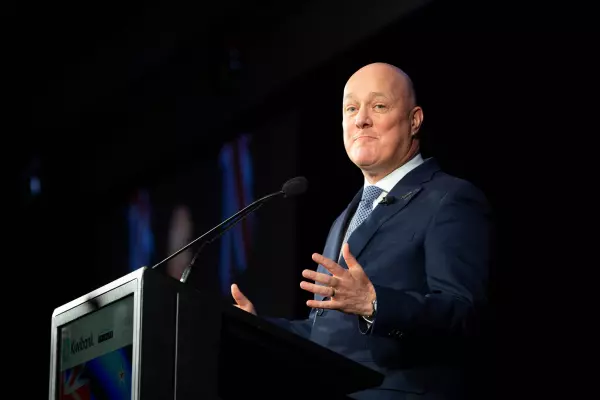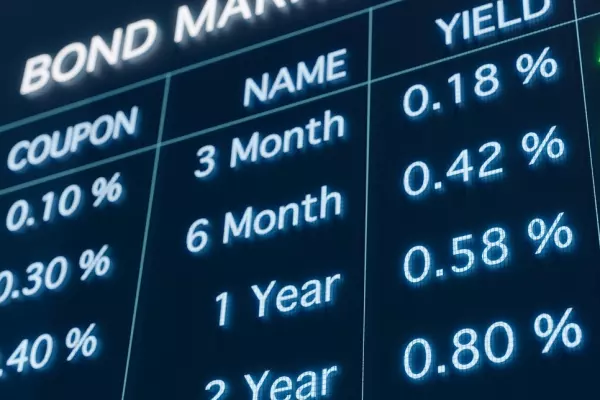The government has pulled the plug on two major job subsidy schemes.
The extension of the covid-emergency wage subsidies will end on Sept. 1, after about three months and two billion dollars.
And, nearly a year later, on Aug. 31 2021, it seems likely that the Tiwai Point aluminium smelter will finally shut down, after at least three decades of whining and wheedling for cheaper electricity, involving an implicit wage subsidy also probably around the $2 billion mark.
The two rounds of covid wage subsidies have probably been a success. Certainly, much economic misery in households was averted, even if the latest unemployment statistic, at 4 percent, seems just too good to be true.
And firms got some breathing room to reconsider and readjust; to figure out what they need to do to operate sustainably in a world with covid still very much a huge constraint on the movements of people, if not goods.
However, inevitably, the answer in some cases – notably in the tourism sector - is going to be that there isn’t a viable business model on the immediate horizon, or at least not one at which the pre-covid operating scale can be profitable.
Picking losers
In such cases, continuing with subsidies would, in effect, be akin to government ‘picking losers’. So the subsidies must go, for the sake of long term viability of the economy.
As for the smelter: well, what a saga this has been.
Located at the bottom of the South Island, it uses electricity from the Lake Manapouri hydro power station to convert bauxite into aluminium.
Official accounts have it that the power station was built to supply the smelter, but it really was the other way around. The engineers who just about ran our country in the 1950s and 1960s were desperately keen to harness the 230 metre drop from the lake to the sea (Doubtful Sound) to generate a huge amount of electricity.
But there was no one who wanted to buy a huge amount of new electricity, so Comalco was wooed with the prospect of seriously cheap power and built its smelter at Tiwai Point, near Bluff.
Back then in the 1970s, there was some economic justification for the smelter. New Zealand had a fixed exchange rate and an undiversified export sector threatened by Britain’s accession to the European Economic Community.
Basically, foreign exchange was rationed, and the overseas income generated by the export of aluminium was welcome.
Smelter case long gone
But that situation is long gone. Our businesses have done a fantastic job of building and diversifying export markets, and we have a floating exchange rate.
There is no shortage of foreign exchange in New Zealand. You can buy as much as you want without having to go the post office to collect five shilling postal orders.
So there is no macroeconomic problem with closing the smelter. Losing its current contribution of about 2 percent of our total exports will be dealt with by a slight market depreciation of the NZ dollar, to the benefit of other exporters and the cost of importers.
What about the microeconomics: the business case for the smelter?
Here is the problem. The smelter pays about one quarter what households pay for electricity. Its supporters claim that this is not a subsidy because this price covers the actual cost of generating hydroelectricity at Lake Manapouri.
But this is very poor economics.
What matters is the opportunity cost of the power, and as such must be near the much higher price the rest of us pay.
The true cost to NZ of the electricity used by the smelter is the cost of supplying power from much more expensive gas or coal-powered generators that would not be needed if, eventually, our businesses could have access to the 14 percent now gobbled up at Tiwai Point.
Of course, closing the smelter will directly result in the loss of perhaps 2,000 jobs in Southland. That’s going to be a wrench and that region will need some help.
But, for perhaps three decades now, those jobs have been subsidised, in effect, to the tune of about $100,000 a year each, easily around $2 billion now in total. That can’t sensibly continue.
The economy runs the economy
We are now in a general election campaign in New Zealand, and one of the noisier issues being squabbled over is: which party - National or Labour - would do a better job of ‘running the economy’?
I think this is a non-issue. In a mature, well-functioning market system such as we have in New Zealand, the government doesn’t run the economy.
The economy runs the economy. The myriad decisions on employment and investment that determine our economic performance are made by entrepreneurs, managers, workers – all just doing their thing without active guidance from Wellington.
True, macroeconomic responsibilities for the big numbers of tax and public sector spending are necessarily carried by the Crown.
But at least since the turn of the century, those decisions have been overseen by cautious, competent Ministers of Finance - Michael Cullen, Bill English, now Grant Robertson - all pretty much singing from the same moderate Keynesian song sheet.
Whichever government wins the election will indeed take on responsibility for stewardship of our economic system – safeguarding property rights, giving clarity to the regulatory environment and, in particular, doing what it can to ensure that markets aren’t prevented from sending the correct price signals to guide the efficient allocation of resources.
There will be short-term pain. But in the long run, businesses which can’t make a profit without the prop of taxpayer wage subsidies - or, for that matter, can’t make a profit unless they pay conscientious, capable workers less than a living wage - simply aren’t wanted in New Zealand.
They are a waste of time and resources. They don’t have a future here. So it is really good that our major parties seem to accept this, and that, beneath their electioneering bluster, they accept the end of job subsidies, small and large.
Tim Hazledine is a professor of economics at the University of Auckland.














